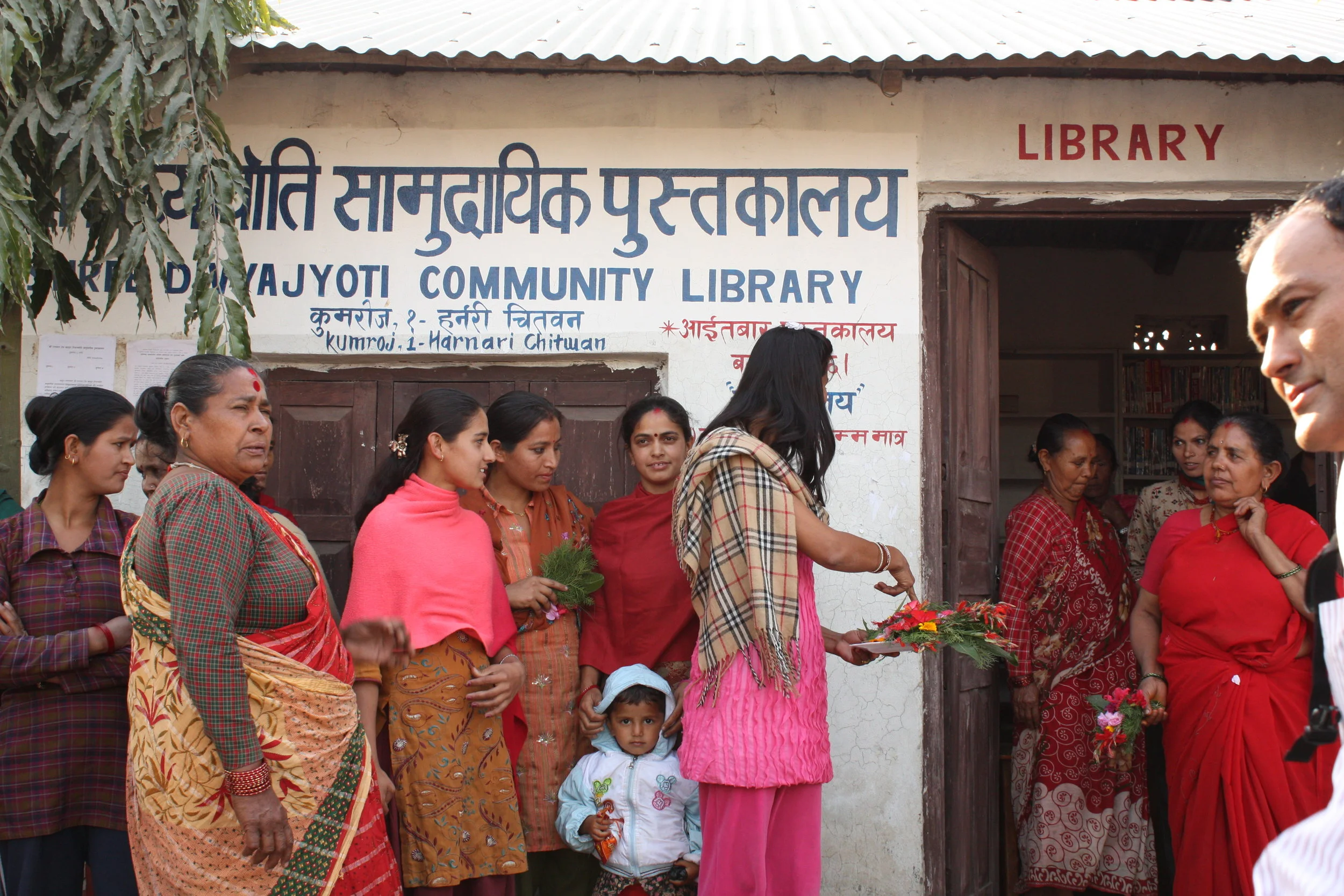In 2017, we shared a series of checklists designed to help evaluators proactively bring an equity lens into each phase of the evaluation process. In this post, we want to revisit these tools and focus on one tool in particular: the Project Design Equity Checklist. Led by our Equity Leadership Team at LFA, we developed the Equity Checklists to:
Encourage us to be intentional and proactive about authentically representing multiple perspectives, and
Pose critical questions designed to challenge our biases and illuminate where we can be more inclusive and culturally responsive.
The full series is organized into eight parts, which align to critical junctures in the evaluation process:
Learn more about the contents of each checklist in our overview here.
Why are checklists a useful tool in our efforts to put equity at the center of our work?
In our experience, checklists are an extremely helpful tool in that they help us pause to proactively reflect on our practices and values, rather than depending on memory. Each item on the list serves as a reminder or prompt for team discussion and reflection. However, we underscore that the checklists are not (and cannot possibly be) comprehensive, and checklists should be seen as the beginning, rather than the end, of conversations about issues of equity in our work. As one community leader commented to us, “Don’t check boxes - check yourself!”
As a reflection tool, checklists can help us proactively identify points of potential bias (including our own implicit bias) and brainstorm ways to address that bias. Through our organization’s own work in deepening our commitment to racial justice, we have been reflecting on entry points, or opportunities to use our choices to influence outcomes. What choices are we making in this evaluation? How do these choices promote (or fail to promote) racial justice? Equity checklists give us one tool to systematically think through and identify our choices at each critical juncture in the evaluation process, helping us to slow down, examine disparities, and to ultimately make our evaluation practices more equitable and inclusive.
The Project Design Equity Checklist
How early in the evaluation process should we be thinking about equitable practices and inclusion? From the very beginning, when you are designing the evaluation itself! Our client organizations, and the community members they serve, are critical partners in helping us define our research purpose and design processes from the start.
Use our Project Design Equity Checklist to guide your reflection process as you design an evaluation project.
Here are some sample considerations from the Project Design checklist:
As we shape the scope of the evaluation (the research questions, how we will collect data and from whom, how we define success, etc.), what audiences do we have in mind?
What will be our approach to including the organization and the communities it serves in the project planning and/or implementation?
How will our project design and approach openly address issues of race, gender, class, power, and oppression and embody equity? What narrative(s) may be influencing our design decisions?
Have we explicitly stated and tested our assumptions?
Over the full course of the evaluation, where are there opportunities to learn from and share findings with those most affected by the organization’s work?
Click here to see our current list of considerations for project design.
These tools are living documents that we continue to refine in our work with clients and within our own organization. Have additional equity-related considerations for evaluators during the project design phase? Please share below!


